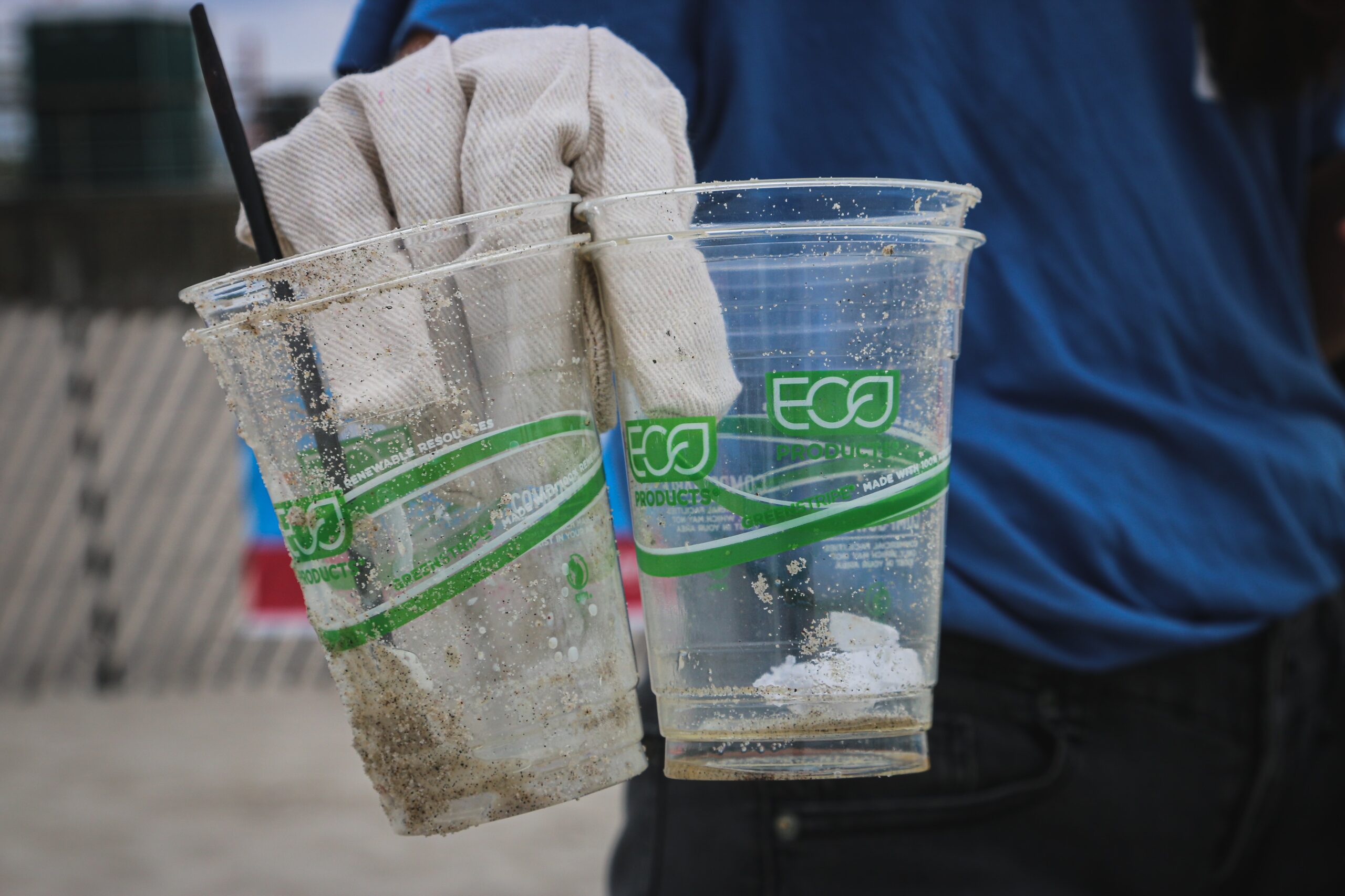Green is worth a thousand swindles: how to spot and stop greenwashing
Since consumers are paying an increasing attention to their environmental footprint, a large amount of companies address their images and campaigns issuing green claims. Due to a growing-up public awareness about environmental problems, consumers are asking companies on one hand to disclose clear information about their environmental performance[1] and on the other hand to offer sustainable products and services[2]. These interests have an impact on the choices made by consumers who are more willing to buy from companies perceived as socially responsible, so much that the 66% of global consumers are well-disposed to pay even at a higher price[3] in order to buy green products[4]. Hence, to reach the consumers’ demand, companies must be sustainable and socially responsible. Yet, when a company growth is sustainable and how can consumers check the veracity of it? This article will answer these questions, analysing the phenomenon of greenwashing and the challenges in recognising it.
The legal concept of sustainable development was introduced for the first time in 1987 by the World Commission of Environmental and Development, when the United Nations asked the WCED to “explor[ed] the causes of environmental degradation, attempted to understand the interconnections between social equity, economic growth, and environmental problems, and develop[ed] policy solutions that integrated all three areas”[5]. The Commission, chaired by the Norvegian Prime Minister Gro Harlem Brundtland, defined the sustainable development as “development that meets the needs of the present without compromising the ability of future generations to meet their own needs”[6]. Clearly, the chosen definition highlights the responsibility of today’s generation towards future ones, referring to at least two aspects of sustainability. Namely, the maintenance of resources and the environmental balance of our planet.
Consumers are increasingly expecting further information and disclosure from companies to be more aware of the actual respect of the aspects of sustainability above.
Companies clearly understand that “what they are doing for the society pays back by enhancing the organisation business performance because consumers are supportive of organisations that care for the society and environment other than profit maximizing”[7]. Unfortunately, many companies have also noticed that it is much cheaper to pretend to have environmental, health or safety standards than it is to actually live by them. As a matter of fact, pursuing a sustainable development needs challenging organisation changes and investments. As a result, many companies portray themselves as environmental stewards[8] maintaining everything unchanged, also thanks to the fact that consumers “have often limited information regarding organizations’ operations and their business practices[9]”. This marketing strategy is defined greenwashing and consists in supporting the poor environmental performance of the company by an unrealistic but extremely positive communication of their sustainable performances.
The term greenwashing was coined in the 1980s by Jay Westerveld who highlighted that hotels encouraged their guests to reuse the towels with the only goal to reduce costs but making false claims about environmental responsibility[10]. What guests were asked was “to pick up their towels to reduce ecological damages[11]” and on the other hand the hotels were violating the Clean Air Act[12] and the Clean Water act[13]. As a consequence, customers had difficulties in identifying when green claims were true or false, creating a trust problem and an increasing scepticism affecting also the reliable sustainable initiatives of other companies. Recognising when a company misleads its costumers is not easy but luckily there are some allies in the fight for transparency about the safety of environmental impact of products and practises. Before looking in depth what tools we can all use as consumers to make conscious choices, it is relevant to distinguish two major types of the phenomenon: the Claim greenwashing and the Executional greenwashing.
The latter[14] is based on the use of nature-relating elements as images, words or sounds able to induce false perceptions of the brand to consumers[15] through an implicit visual association. Usually, these suggests are the green colour on packaging, the pictures of animals, or the sound of renewable sources of energy as wind in ads. As highlighted by recent researches[16], “these elements can trigger ecological interferences subtly by activating implicit references to nature through nature imagery”. The research[17] shows that the misleading effect of these marketing strategy has a decreasing impact on the choices made by expert consumers, hence those who have a topic knowledge of environment issues in the product marketing. To differentiate the consumers is particularly suitable the Elaboration Likelihood Framework[18] formulated back in 1981 by the psychologists petty and Cacioppo. This model identifies “two routes to persuasion, depending on consumers’ motivation and ability to process the information in a message. A motivated and competent consumer follows a central route and develops attitudes based on an active thinking about either the issue or object-relevant information provided by the message” and “a less competent and motivated consumer [that] follows a peripheral route and the attitude is the result of simple inferences, heuristics and categorization based on ad executional elements such as colours, pictures, source attractiveness or music”. This kind of greenwashing, depending on the ability to process the message and so on the individual knowledge of the consumer, has undoubtedly more difficult regulatory implications.
On the other hand, the Claim greenwashing uses textual arguments in the ad that creates a misleading environmental claim. Back in 2010, TerraChoice[19] has released a helpful study to guide customers in identifying greenwashing practises, highlighting what are now well-known as the seven sins of greenwashing. The seven sins are the main ways in which a company can misrepresent its products and the objective of identifying these is to discourage companies to apply these strategies.
The first one is the sin of the hidden trade-off. In this case the ad suggests that a product or a service is sustainable based on a narrow set of characteristics without any attention to other significant environmental aspects. For instance, Baum[20]puts the attention on gasoline corporations that often “advertise about the benefits of new sources of energy while they are drilling into unexplored areas o source oil and thus disguise the hidden tradeoff of habitat destruction and biodiversity loss”[21].
The second one is the sin of no proof, committed by an environmental claim that cannot be substantiated by easily accessible supporting information or by a reliable third-party certification. The classic example is the ad of numerous toilet paper ads claiming various percentages of recycled content without providing any kind of evidence or accessible verified processes.
The third is the sin of vagueness, committed by claims that are poorly defined or too broad so that its real meaning is likely to be misunderstood by the consumer. A vague advertisement will leave the reader feeling like the corporation is dedicated to environmental issues and has some sense of corporate responsibility, but not able to identify any specific strategies the corporation is actually implementing. Another claim type is the sin of worshipping false labels. A product or advertisement that thanks to false suggestions gives the impression of third-party endorsement when no such endorsement actually exists. Furthermore, the sin of irrelevance. In this case, the environmental claim can be truthful but it is completely unhelpful or meaningless for consumers. The typical example is the label saying “CFC-free” or “Cholofluorocarbon-free” despite the fact that CFCs are banned by law.
The sixth one is called the sin of lesser of two evils. Even in this case, as the previous one, the claim on itself may be true but that risk distracts the consumer from a greater environmental impact of the product.
Finally, the sin of fibbing, committed by an environmental claim simply false.
All the above-mentioned categories represent a framework of the strategies in which a company can mislead consumers with environmental claims. Hence, it is doubtless that consumers need to become more conscious and informed about company activities and must pay an increasing attention to the potential mendacity perpetrated in advertising claiming about the environmental benefits or damages of products and services. Surely, the repeated misuse of green claims in advertising affects the consumer market, making it increasingly sceptical and penalising those companies that actually have implemented sustainable processes and eco-friendly products. Being aware that “going green” is one of the fastest growing trends nowadays, scholars and activists have argued that the current regulations are inadequate to protect consumers from the effects of greenwashing, mainly because based on non-binding regulatory guidelines[22] even in developed countries where the environmental awareness is higher. Furthermore, from the companies’ point of view, “continuing to rely on greenwashing to legitimize less than stellar corporate responsibility and sustainability initiatives is likely to erode trust in business even further, however, leading presumably to a disastrous combination of diminished corporate reputation and prolonged environmental degradation”[23]. In conclusion, greenwashing needs to be formally recognised and regulated as misleading advertising but it is even more essential that individuals play a pivotal role to unmask similar attitudes, giving their support only to those companies that actually pursue a true sustainability because marketing strategies do grow faster than legislation.
[1] Kim E, Lyon T (2015) Greenwash vs. Brownwash: exaggeration and undue modesty in corporate sustainability disclosure. Organ Sci 26(3):705–723. https://doi.org/10.1287/orsc.2014.0949
[2] Guo R, Tao L, Gao P (2014) The research on greenwashing brands’ rebuilding strategies and mechanism of brand trust after biochemical and other pollutions. Biotechnology 10(9):3270–3279
[3] Nielsen Media Research (2015) available at https://www.nielsen.com/us/en/insights/ reports/2015/the-sustainability-imperative.html
[4] Grimmer M, Bingham T (2013) Company environmental performance and consumer purchase intentions. J Bus Res 66(10):1945–1953. https:// doi.org/10.1016/j.jbusres.2013.02.017
[5] Jarvie M, E (2016) Brundtland Report. Encyclopedia Britannica. Available at https://www.britannica.com/topic/Brundtland-Report
[6] WCED World Commission on Environment and Development (1987) Our common future. http://www.un-documents.net/our-common-future.pdf.
[7] Peng Low, M., (2016) Corporate Social Responsibility and the Evolution of Internal Corporate Social Responsibility in 21st Century in Asian Journal of Social Sciences and Management Studies ISSN: 2313-7401 Vol.3 No.1 , 56-74
[8] “Environmental stewardship” refers to responsible use and protection of the natural environment through conservation and sustainable practices. Aldo Leopold (1887–1949) championed environmental stewardship based on a land ethic “dealing with man’s relation to land and to the animals and plants which grow upon it.” (Wikipedia)
[9] Lyon,T. P., Greenwash: Corporate Environmental Disclosure Under Threat of Audit in Journal of Economics & Management Strategy 20(2006-07) DOI: 10.1111/j.1530-9134.2010.00282.x
[10] Watson, B., The troubling evolution of corporate greenwashing in Chain Reaction, ISSN: 0312-1372. No. 129, Apr 2017, 38-40
[12] United States Environmental Protection Agency, 42 U.S.C. §7401 et seq. (1970)
[13] United States Environmental Protection Agency, Air Enforcement (1970). Available at https://www.epa.gov/enforcement/air-enforcement
[14] Parguel B, Benoit-Moreau F, Russell C (2015) Can evoking nature in adver- tising mislead consumers? The power of ‘executional greenwashing’. Int J Advert 34(1):107–134. https://doi.org/10.1080/02650487.2014.996116
[15] Hartmann P, Apaolaza-Ibáñez V (2009) Green advertising revisited. Int J Advert 28(4):715–739. https://doi.org/10.2501/s0265048709200837
<
p style=”text-align: justify;”>[16] Parguel B, Benoit-Moreau F, Russell C (2015) Can evoking nature in adver- tising mislead consumers? The power of ‘executional greenwashing’. Int J Advert 34(1):107–134. and Seele P, Gatti L (2015) Greenwashing revisited: in search of a typology and accusation-based definition incorporating legitimacy strategies. Bus Strategy Environ 26(2):239–252
[17] ibis. Available at http://dx.doi.org/10.1080/02650487.2014.996116
[18] John T. Cacioppo and Richard E. Petty (1984) ,”The Elaboration Likelihood Model of Persuasion”, in NA – Advances in Consumer Research Volume 11, eds. Thomas C. Kinnear, Provo, UT : Association for Consumer Research, Pages: 673-675. Available at https://www.acrwebsite.org/volumes/6329/volumes/v11/NA%20-%2011
[19] TerraChoice (2010) The sins of greenwashing. Available at
[20] Baum L (2012) It’s Not Easy Being Green … Or Is It? A content analysis of environmental claims in magazine advertisements from the United States and United Kingdom. Environ Commun 6(4):423–440. https://doi. org/10.1080/17524032.2012.724022
[22] Delmas M, Burbano V (2011) The drivers of greenwashing. Calif Manag Rev 54(1):64–87. and Baum L (2012) It’s Not Easy Being Green … Or Is It? A content analysis of environmental claims in magazine advertisements from the United States and United Kingdom. Environ Commun 6(4):423–440. https://doi. org/10.1080/17524032.2012.724022





